Keys to Successful CRM Adoption
You might have heard stories narrating the necessity of CRM software. You’ve also heard about the glitches and how the system fails miserably. Adopting a CRM can be a life-changer when it comes to connecting with customers. Among the most noticeable benefits is the ability to anticipate the need of your client, communicate on their terms and automate workflow that assist your team to spend more time on selling.
However, one of the greatest challenges face by companies in the implementation of any software is user adoption. This usually happens when deploying CRM for salespeople. Ironically, the team doesn’t get the most out of their CRM system because they try too little. They want their CRM to be the invincible center of their sales force from day one. The only way to avail the utmost benefits of a CRM is to make sure your team uses it.
As you consider about deploying a new CRM, keep in mind that you are introducing a major change. In doing so, it is essential to think from the salesperson’s perspective. If you are aware of his perspective your chances to achieve success will increase substantially. Before you launch a CRM for your company, there are five critical steps that need to be followed in order to ensure adoption-
Role of IT Department
CRM platforms are handled by department heads since these guys understand the basics of this important subject. But when it comes to the technical aspect of integration of the CRM system, these people lack expertise and an experienced IT expert is needed to work with the existing environment.
Thus, before you integrate CRM for your company’s sales force, involve your IT department up front. They can extend their best service to explain which model will integrate well, and this will save you money in the long run.
Establish Clear Goals
Even the best CRM software in the world cannot rectify a deeply-flawed business environment or inefficient processes. Before initiating the CRM implementation, go through the marketing and sales structure of your organization and address any critical issues. Evaluate your sales process, your progressive lead programs and your support ticket process. Make sure that everything is transparent and the department head understands the role for better health of the business.
Let It Be Simple
CRM tools should remain clean and simple as possible for end-users. In doing this, equip your teams for success before introducing this new tool. Have the manager ready for the changes as there will be a temporary disruption of the system. Provide adequate training and make sure your teams understand how the CRM works and adjusts within the overall strategy of your company. To keep it simple, it is important for any company to ensure they can access the system when they need to.
Focus on the Overall Productivity
Working in your CRM shouldn’t be inefficient and time-consuming. The primary focus should be on only those things that help your team to be more productive. They should only dedicate time in tasks that is fruitful and add value to your organization. For this, you need to choose a tool that helps users collection information they need as quickly as possible. Also, ensure your CRM can go well with your existing email package so that it reduces the time and effort required to communicate with customers and teammates.
Extend Access
Most CRMs will let you control and define which user groups or types can access specific functions of the software. Extending appropriate access to your team member can make all the difference between a useful tool and an administrative hassle. A good CRM should also give users the flexibility to create custom reports. If the available reports only put its key focus on metrics, that can be a matter of concern for the rest of the team and, furthermore, may hamper buy-in.

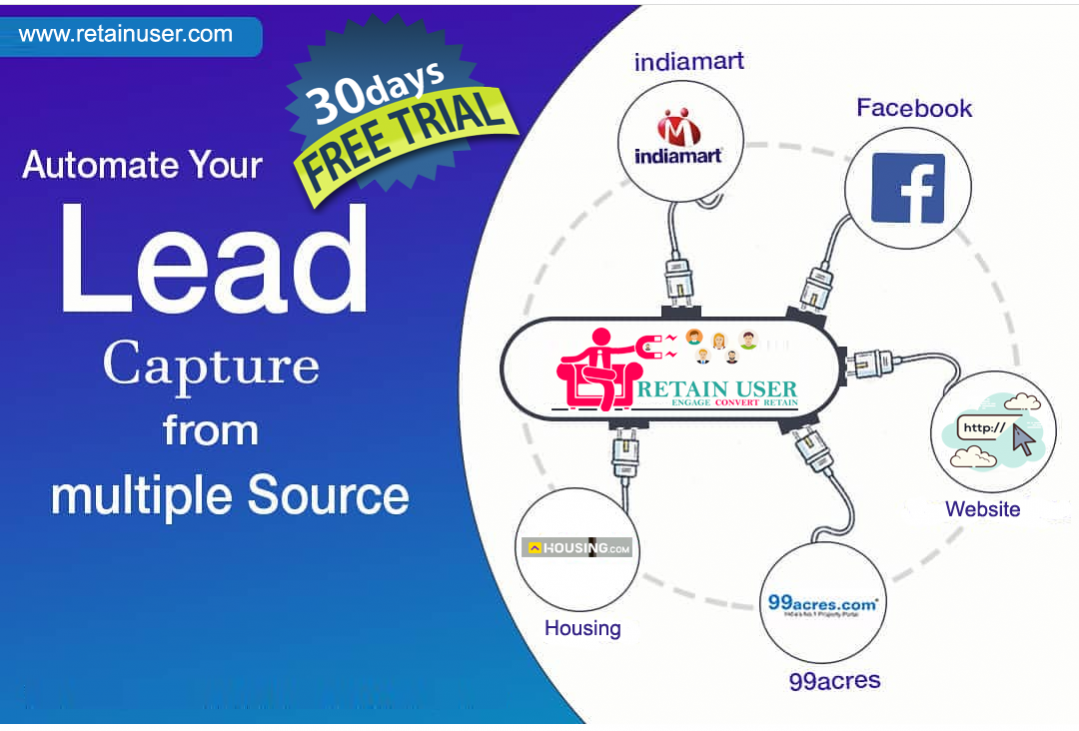


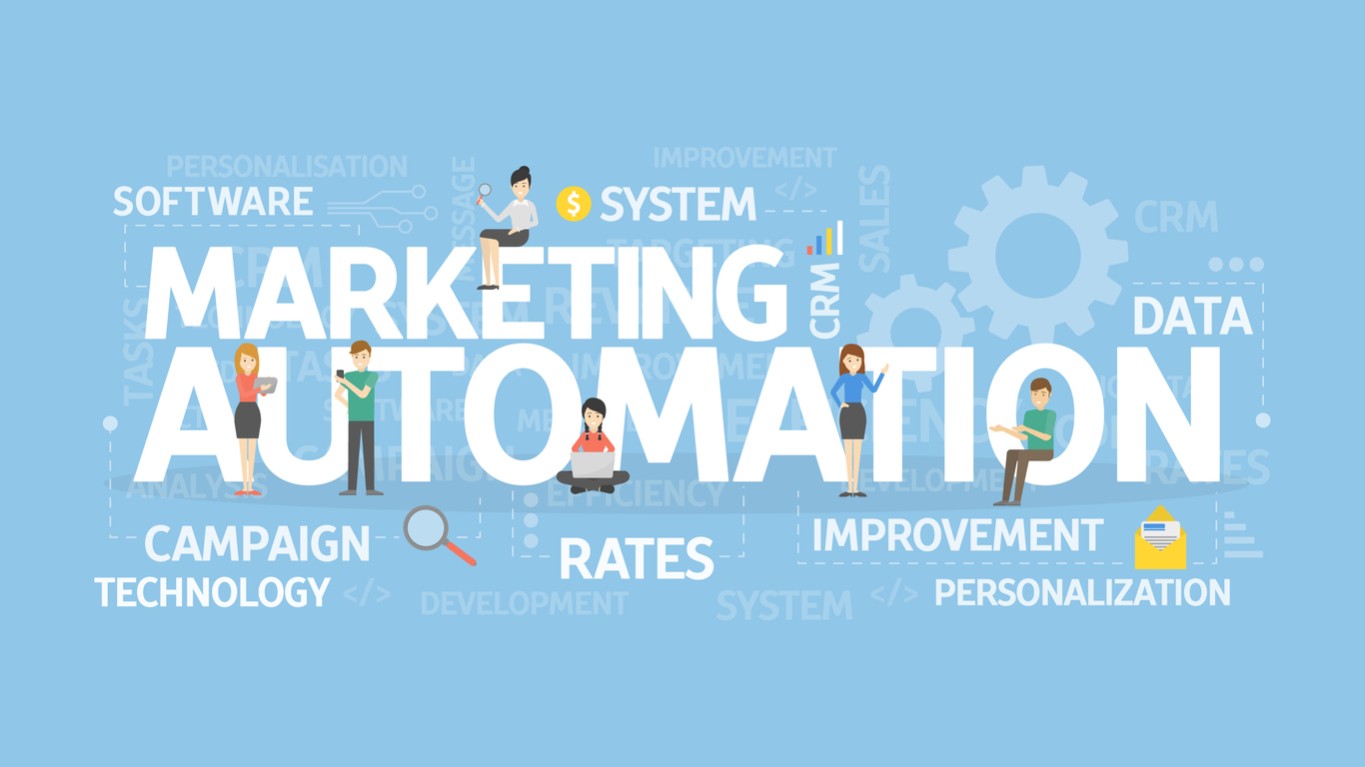
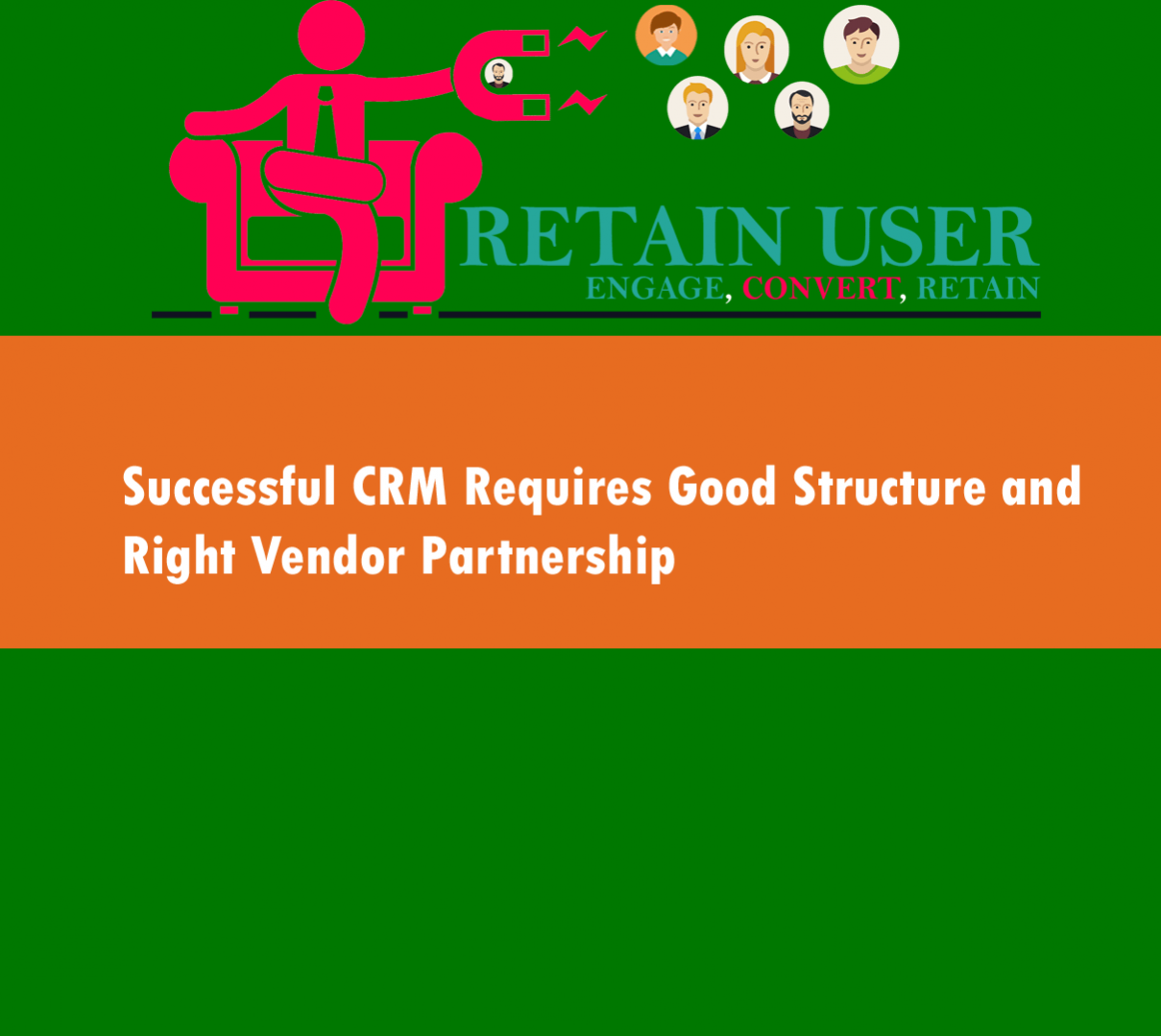
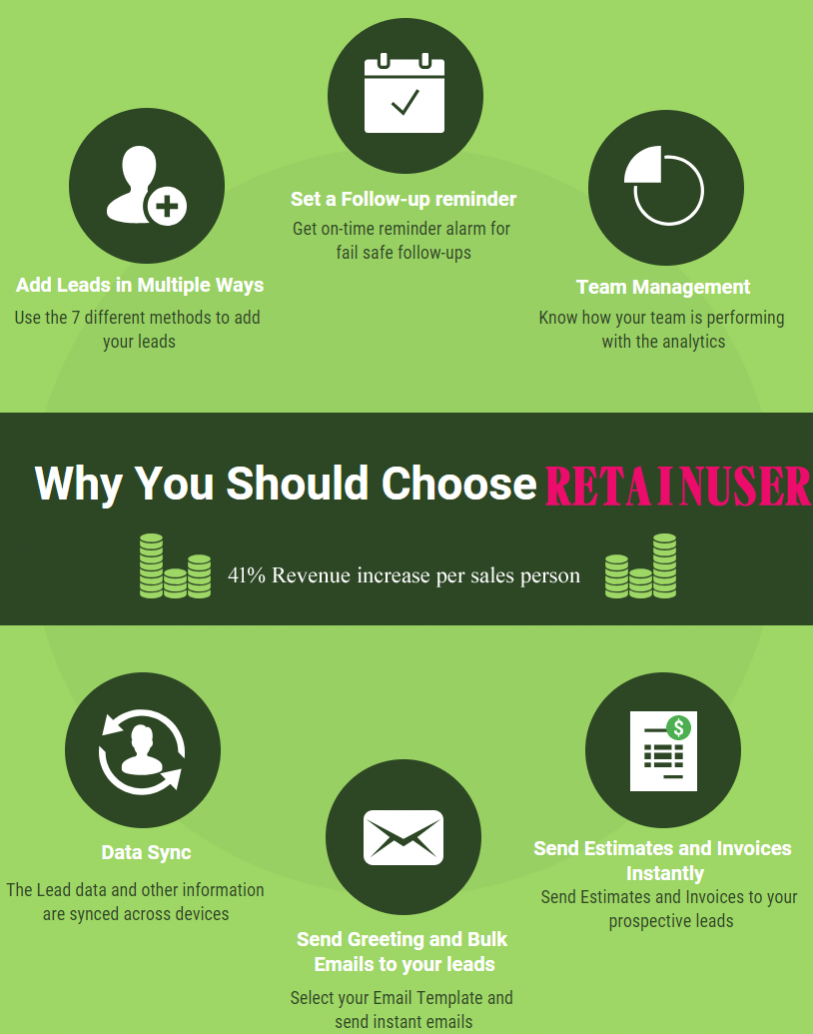
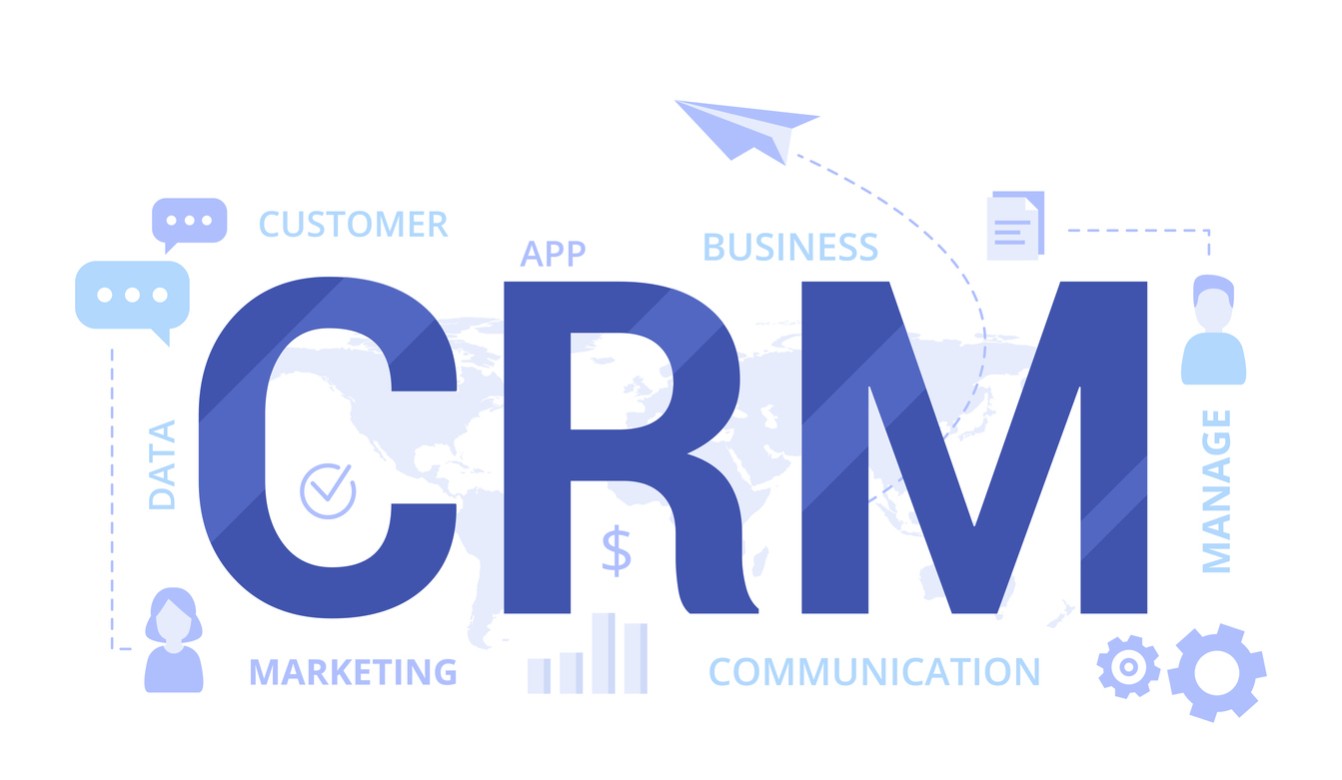




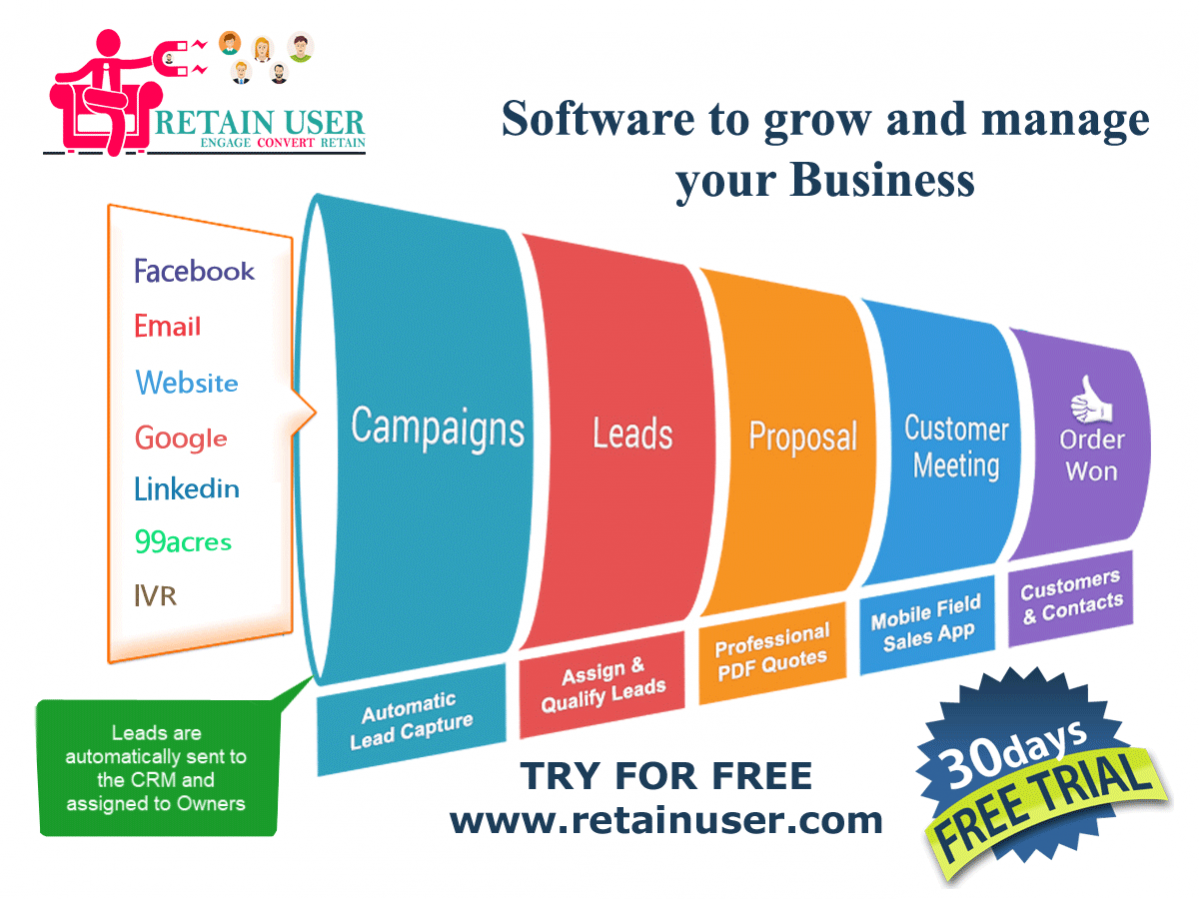
Leave a comment